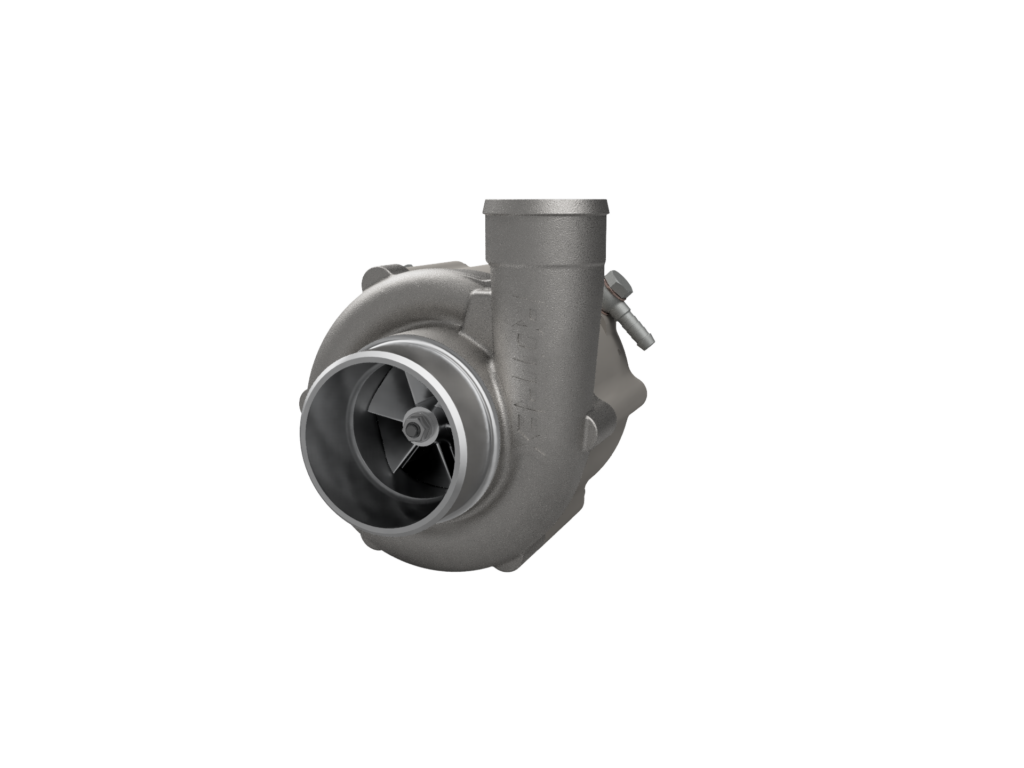It’s a well-known fact that boosting an engine increases hp. Many comments have been added to the discussion of turbo vs. supercharger. Both are able to increase hp beyond the thermal and mechanical limits of the engine.
In this month’s Tech Tip we only concentrate on what is best for your trackday car.
Most drivers would mention drivability as the most important property. A direct connection between throttle and engine response makes the driving safer and more controlled. This can only be achieved using a supercharger. The result is that it works and feels like a bigger engine, but has the same low weight as a smaller engine. TDE has often seen that supercharged cars with the same hpas turbocharged setting faster and more consistent lap times.
Very often engine builders claim that a turbo is more efficient than a supercharger. If the supercharger is a positive displacement type, this would be correct to assume. But, when comparinga turbo to a modern highly efficient centrifugal compressor, it’s a completely different story. Modern turbos have a relatively small and restrictive turbine for lag reduction. The smaller exhaustarea increases backpressure and reduces the Mean Effective Pressure (MEP) and increases the amount of hot residual gasses trapped in the combustion chamber. To eliminate destructive knocking the mixture must be richer and ignition timing retarded. Both affect efficiency and performance. Most trackday enthusiast do not care about fuel consumption, but this low efficiencywill also increase the charge air temperature; meaning a larger intercooler is required for effective cooling of the inlet air.
Because turbochargers are produced in huge numbers, the price is very low compared to a supercharger, even with the added cost of a custom exhaust manifold. However, frequent oil changes and the fire hazard due to extreme exhaust temperatures have to be added to the equation.Furthermore, an oil line and drain must be part of the turbo installation. In most cases, this is not necessary when installing a supercharger.
Many supercharger types are available. The Eaton/Screw type is bulky and noisy with medium efficiency but gives good torque at lower rpm. The centrifugal, like the Rotrex, has high efficiency, small size and is silent. If the correct impeller size and speed is found, the engine torque can be almost constant in the rpm band used at trackdays. This makes the driving safe, predictable and precise, especially when driving on the limit.
– Anders Kolstrup, owner of both turbo and supercharged trackday car.
